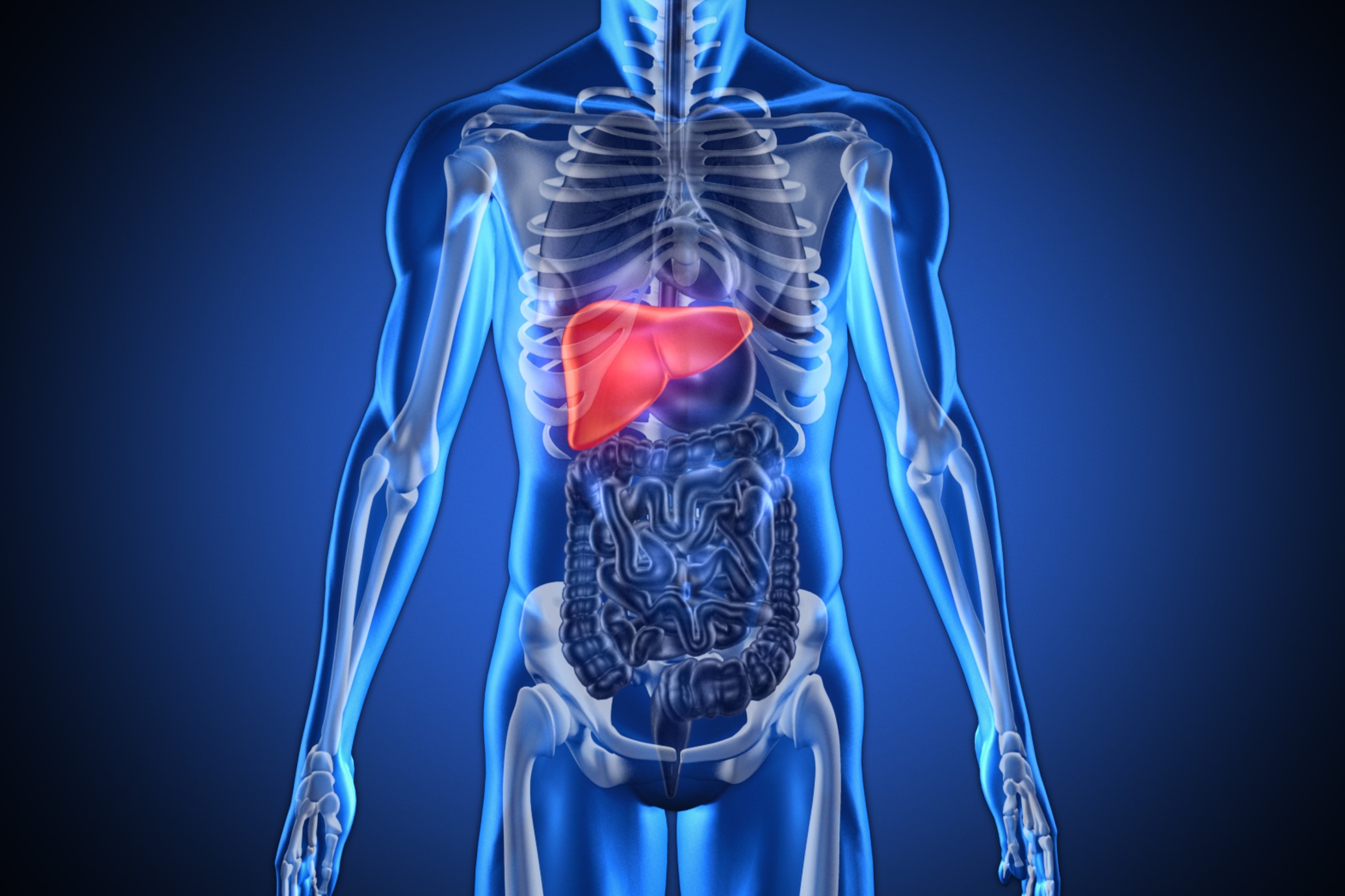
Liver cysts: when is surgery necessary?
The liver can also be affected by the formation of one or more cysts: small sacs or cavities filled with fluid. Generally, their presence is linked to a benign condition that rarely jeopardises the function of the organ. Only in some extreme cases may a liver transplant be necessary
What are the characteristics of cysts and when should surgery be performed?
The different types of liver cysts
Cysts can be simple or multiple. The causes of simple cysts are unknown, although it is believed that they are congenital and therefore present from birth; it is hypothesised that they may result from the progressive dilation of abnormal bile ducts that fail to develop normal connections with the biliary tree.
In the second case we speak of polycystic liver disease (PCLD), a rare condition.
Due to the large number of cysts of different sizes, the liver can increase in size significantly over the years, leading to abdominal swelling, discomfort or pain.
This condition is congenital and is usually associated with polycystic kidney disease.
Genetic mutations have been identified in the PKD1 and PKD2 genes.
Occasionally polycystic kidney disease occurs in the absence of polycystic kidney disease.
It should be noted that simple biliary cysts or polycystic liver disease cysts do not develop into malignant tumours.
Tumour cysts are rare and are called cystadenomas.
They are benign, particularly affecting middle-aged women, and may develop into cystic adenocarcinomas, which are malignant tumours, but affect men and women equally.
Lastly, there are hydatid cysts, which form as a result of infection by a parasite, the echinococcus.
This parasite, which is found throughout the world, is particularly common in areas where sheep and cattle are reared.
Symptoms of liver cysts
In most cases, liver cysts are asymptomatic.
If they are large, however, they can cause a dull ache in the upper right abdominal quadrant.
Patients with liver cysts sometimes report abdominal bloating and early satiety.
In some cases, if the cyst is large enough, an abdominal mass may be observed.
Rarely, they may cause jaundice due to compression of the bile ducts, or they may rupture or twist, causing acute abdominal pain.
Liver cysts, diagnosis and treatment
The diagnosis of liver cysts is made by ultrasound, which is readily available, non-invasive and highly sensitive.
CT scans are also highly sensitive, easy to interpret and very useful in deciding and planning treatment. It also allows differential diagnosis between simple cysts and tumours.
Polycystic hepatopathy or solitary liver cysts require treatment only in symptomatic patients because the risk of lesion-related complications is lower than the risk associated with treatment.
In the presence of symptoms, or if the cysts are very large, surgical treatment involves removal of the portion of the cyst wall on the surface of the liver (fenestration); the laparoscopic approach is considered the standard of care.
An alternative treatment is aspiration combined with sclerosis with alcohol or other agents, but failure or recurrence rates are high.
In polycystic hepatopathy only patients with disabling pain should be considered for surgery.
The aim is to decompress the cystic liver as much as possible by fenestration or, in selected patients, by resection of part of the liver; recurrence of symptoms with both procedures is high, as new cysts replace those that have been removed.
Finally, a small number of patients are treated with liver transplantation.
Read Also:
Breast Cysts, How To Detect Them
New York, Mount Sinai Researchers Publish Study On Liver Disease In World Trade Center Rescuers


